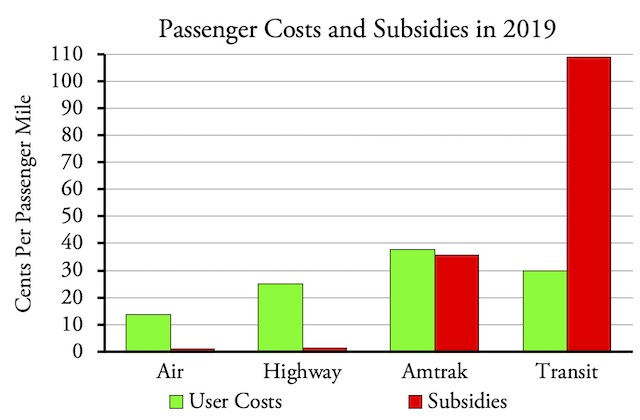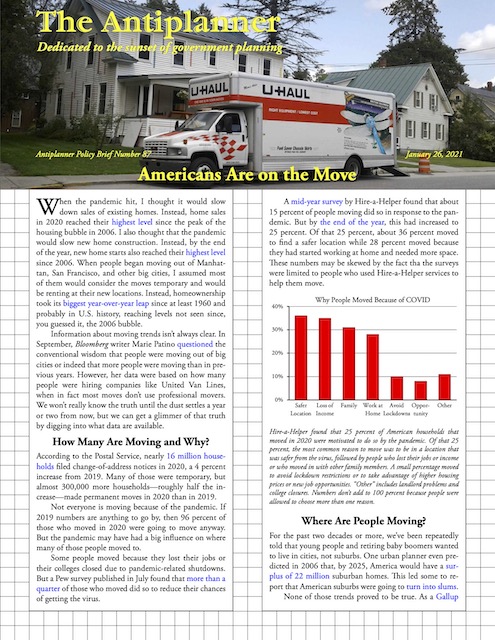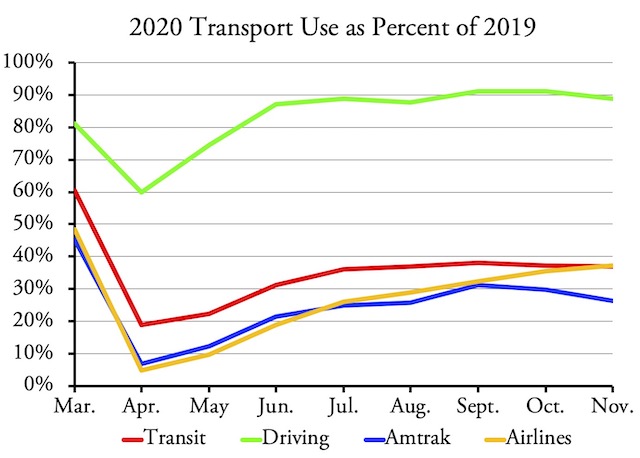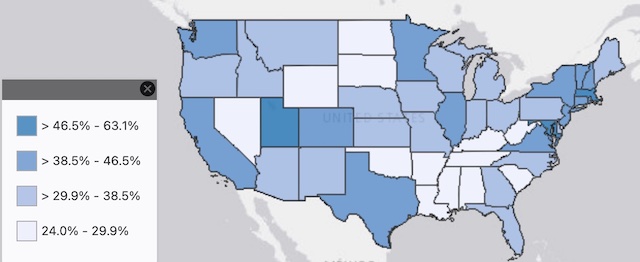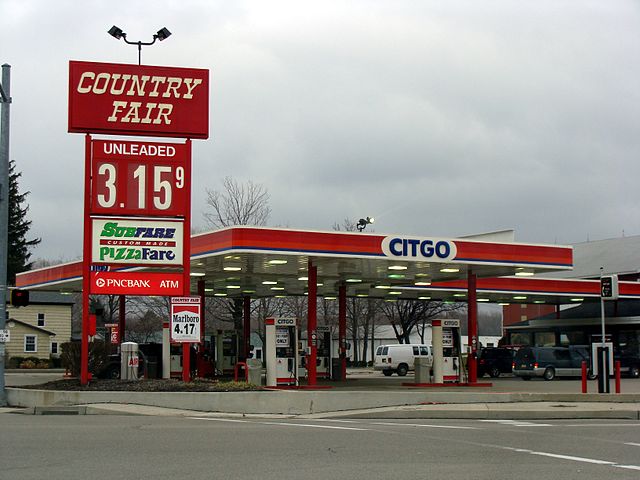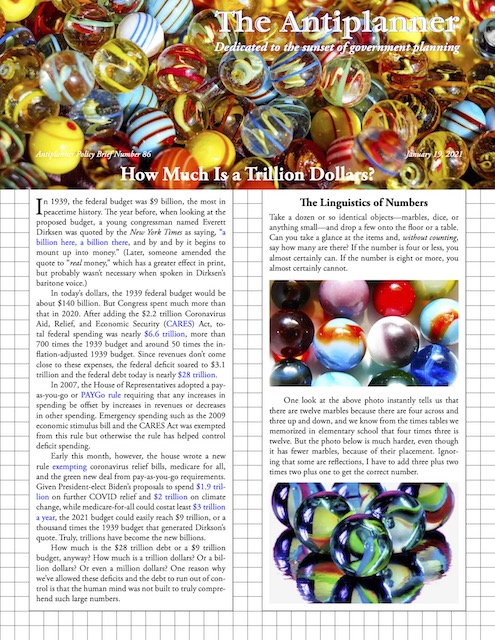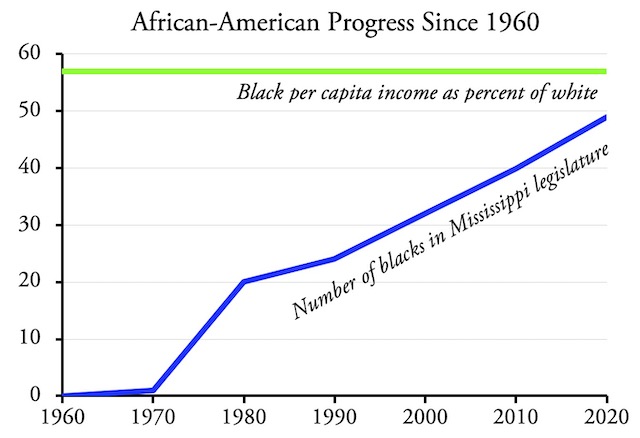One of the victims of COVID-19 may be robotaxis and with them one path towards a future of autonomous vehicles. Before the pandemic, there were two views of how driverless cars would take over the road.
One model, which I’ll call the Waymo model but it was also endorsed by Uber, General Motors (through its Cruise subsidiary), and Ford, was that robotaxis would replace privately owned automobiles, especially in the urban areas that house 80 percent of the nation’s population. These robotaxis would rely heavily on maps, and would only work in areas that had been mapped. Since many people would be unwilling to buy a car that could only go on some roads, Waymo and other software companies planned to put them in robotaxi or ride-hailing services, at least until the entire country was mapped.
The other model, which I’ll call the Tesla model but it was also endorsed by Volvo and perhaps Volkswagen, continued to rely on private ownership of automobiles. Instead of depending on precise maps, the autonomous vehicles would rely mainly on their own sensors, which would enable them to go anywhere, even potentially off-road. To get to that point, Tesla and other companies planned to incrementally improve the on-board electronics until the computers could completely take over driving. Continue reading

